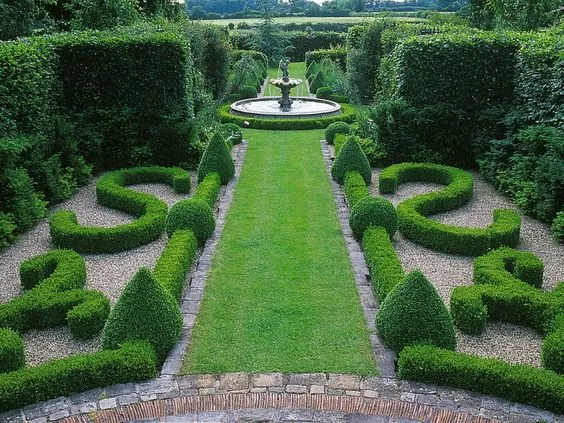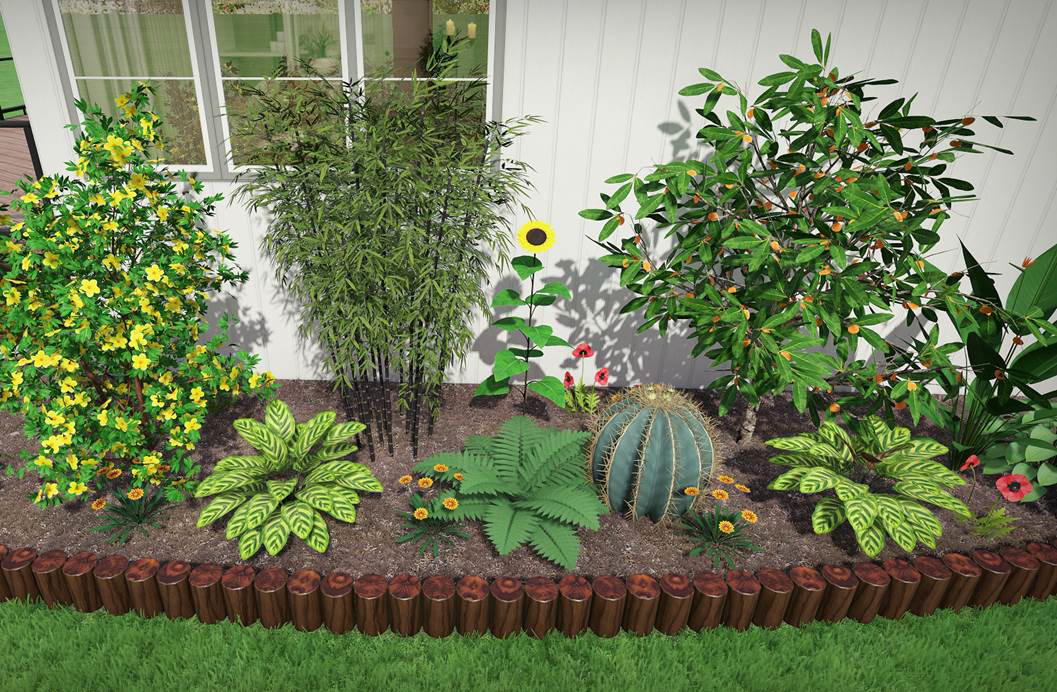The Only Guide for Landscapers
The Only Guide for Landscapers
Blog Article
All About Landscapers
Table of Contents9 Simple Techniques For LandscapersThe 30-Second Trick For LandscapersThe Basic Principles Of Landscapers All About LandscapersThe Buzz on LandscapersThe Greatest Guide To Landscapers
- A yard feature where water is stood for by an accumulated stone product, usually a gravel or granite. These are most commonly located in modern-day and Japanese garden design.- A rock or flagstone outdoor patio, course, or walkway constructed without a concrete base. The base would be compressed gravel and the joints would certainly be an accumulation or walkable ground cover. - A rock retaining or free standing wall surface constructed without the usage of mortar. - An underground structure that collect water and permits it to slow down percolate into the dirt around it.
Landscape style that works with a websites' setting in both appearance and sustainability without negative effects to the environment. Edging in the landscape is a line of demarcation that creates aesthetic interest in the garden by dividing one segment from one more section. This can be aesthetic or useful, maintaining one component (such as pea crushed rock) from getting blended right into one more (like bark dust).
Locations can also have a sensation of "enclosure" offered by trees, other plantings, fences, or displays. The landscape near the entry to a building. A tree, hedge or vine, educated to expand on a wall surface or fencing right into a details pattern. Especially beneficial for fruit trees, making it simple to collect the fruit and consisting of mess.
The Definitive Guide to Landscapers

The component in a landscape design or location in a landscape that is indicated to be most popular. The focal factor can be a plant, rock, sculpture, gathering room, or various other landscape attribute.

More About Landscapers
Rock product, either rounded or fractured, that is relatively little- generally 1" or much less. Reduced plants that are allowed or motivated to top an area. Can describe any "difficult" yard components including statuary or rocks but many commonly is made use of to describe courses, patios, and walls.: Elevation distinction between the level of water in a fish pond (or the level of the pump if it rests outside the pond) and the top outlet of water which impacts efficiency of the water pump in gph (gallons per hour). Thick hedges or trees that develop a fence, screen, or border.
Fencing boards that run horizontally, commonly utilized in modern-day or Japanese-inspired landscape styles. Appropriate use of imaginary lines can help the landscape really feel linked to the home and various other elements.
An even more unwinded yard controlled by rounded instead of straight bed lines and a less inflexible framework. Conventional PNW landscapes are casual. A plant that spreads greater than preferred, or into environments where it does damage. Rose city has a list of intrusive plants that should not be installed in landscapes because they can spread to forests or waterways and be challenging to regulate.
The smart Trick of Landscapers That Nobody is Talking About
Can include head positionings and insurance coverage, pipe sizing, GPM specs, and materials required to mount this system. Licensed expert who makes landscapes, educated in engineering and style as well as in horticulture.
The professional who prepares and creates landscape tasks, typically at a residential or tiny industrial level with the significant layout incentive on growings. Landscape designers usually have much less education than Landscape Architects and are not accredited. A finished landscape design, outlining all aspects for the new landscape. This typically takes the kind of an illustration on paper.
Making use of many plantings of the exact same selection to fill in a location in the landscape. This can decrease maintenance and water usage in the garden.
A mix of concrete, sand, and water that is used in stone masonry for setting stones and joints. explanation A layer of compost or bark dust applied at the base of a plant. A mass planting of moss. A plant that was present in a geographical place before individuals began transforming the landscape.
4 Easy Facts About Landscapers Described
How the garden or a garden component is organized in connection to an existing or new function or to a direction. Keeping a grass without using chemical herbicides, chemicals, or plant foods. Lawns that are not mowed however expanded in landscapes as perennials. This is a partially open sided leisure or entertainment area that adjoins a house, used for entertaining, outside dining and just taking pleasure in the exterior environment.

Little round crushed rock. Plants that give seasonal rate of interest and after that die back in the winter season. Annuals do not come back the adhering to season, yet perennials do. Cold period grass that is one of use this link the most common lawn grass in Rose city, OR et cetera of the PNW.An open roofed framework over an outdoor patio or other landscape attribute.
The most usual landscape gravel in the PNW. Area of the landscape designed to deal with rain water up until it can soak into the ground.
Structure constructed from timber, concrete, leading rocks, blocks or other products for maintaining inclines and preventing excessive click resources disintegration. Narrow gutter. Producing a garden feature consisting mainly of stones with plantings that complement and can thrive in the rough setting. Lawn sprinkler head design that turns a stream of water across an area.
Little Known Facts About Landscapers.

Report this page